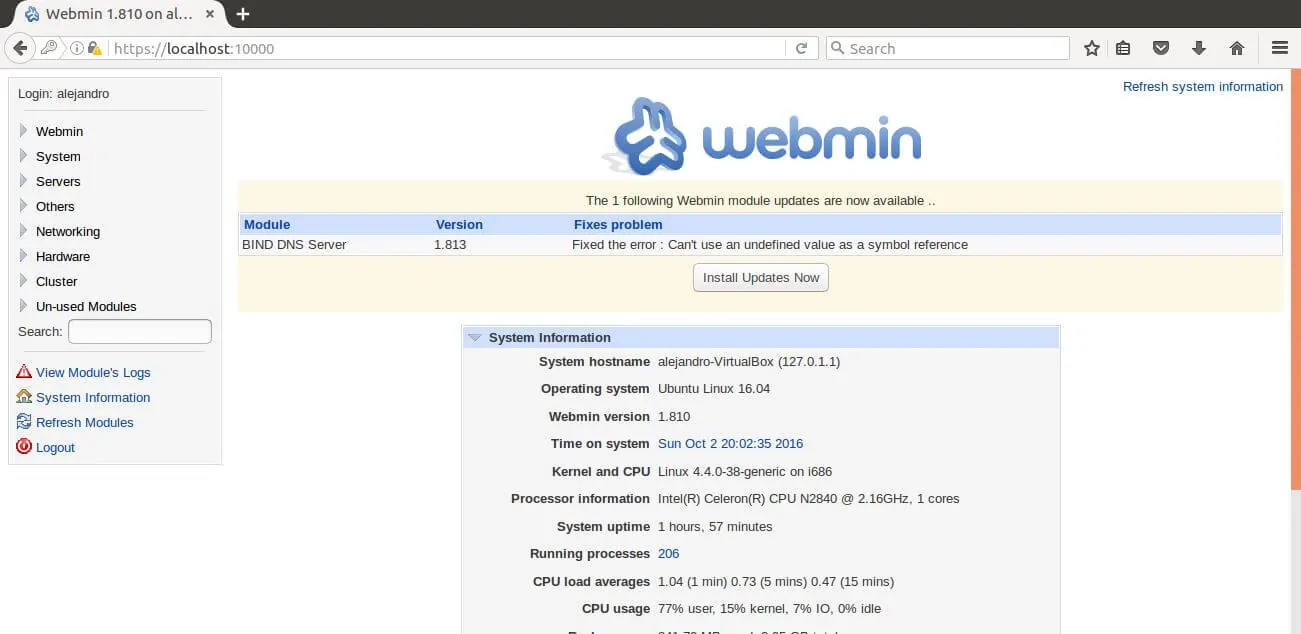

Expand the Hardware spoiler and click the ZFSMGR link. Left frame shows categories and modules available for operations. You will see the status page with details of the system, where this Argo Web Management Systems installed. So Brett has done some great content talking about these features in a previous tech tip, so if youre interested, definitely check that. I'm tempted to still use ZFS on Arch but the nature of rolling relase means that I would be introducing complexity where I am specifically trying to simplify. Login to the Argo Web Management System using your credentials. So ZFS comes with some other features that traditional RAID doesnt have, which is the L2 Ark and the ZIL, or the ZFS intent log, and what this does is it allows RAM and SSDs to work as a cache for high speed.

These were volumes allocated from the zfs pool. I like a GUI but also frequent the command line. Having said that, I used the plugin initially and also use the terminal a lot. at 8/16/32GB each or wateva size I desired. My use of the ZFS plugin is for home use and I havent noticed any instability so far. One of the features about ZFS I really enjoyed was being able to create volumes and assign each volume to application-specific directories on an LXC e.g. Still running the same tower so it will be fine in terms of hardware. All my docker services running on LXC and my VMs. So, I'm moving everything back to the desktop.

Recently moved into running a Proxmox server and quickly realised that although I enjoy the work, I simply don't have (or more specifically, wish to make) time to manage the infrastructure.


 0 kommentar(er)
0 kommentar(er)
